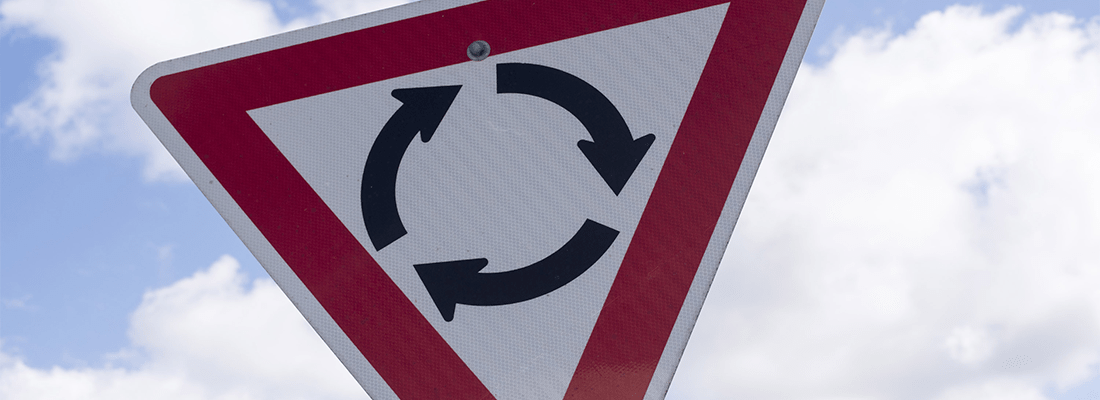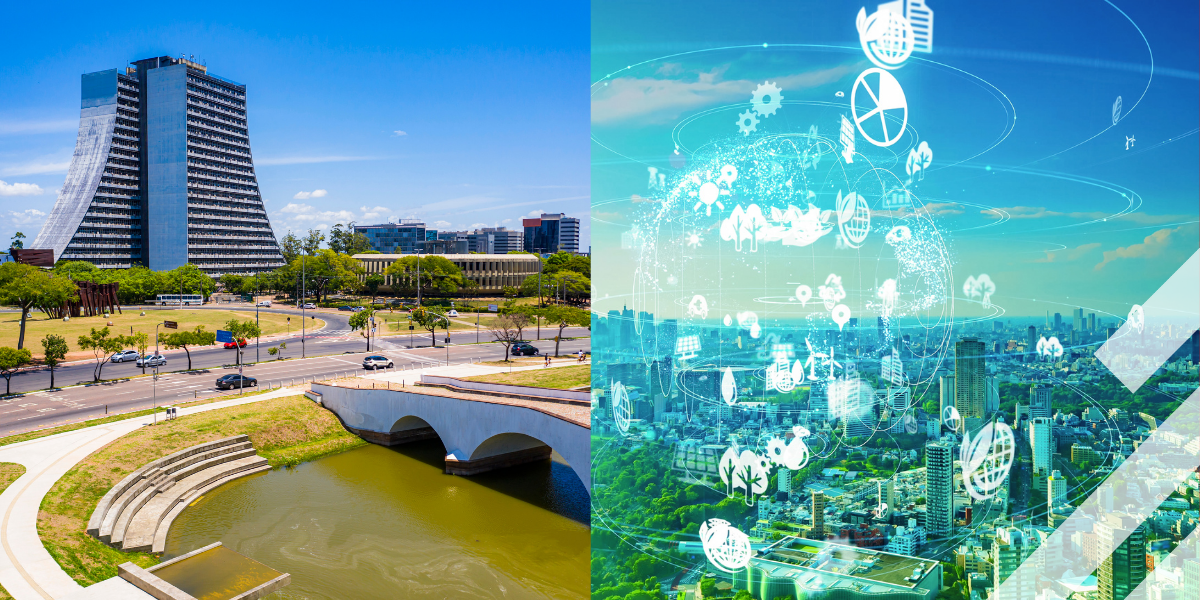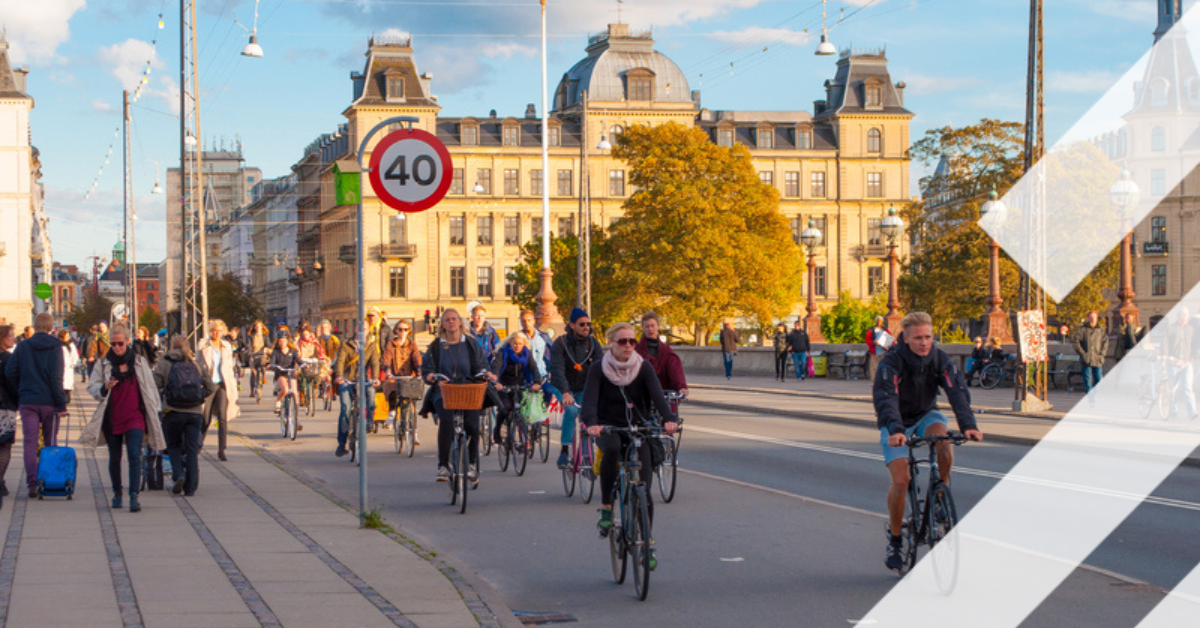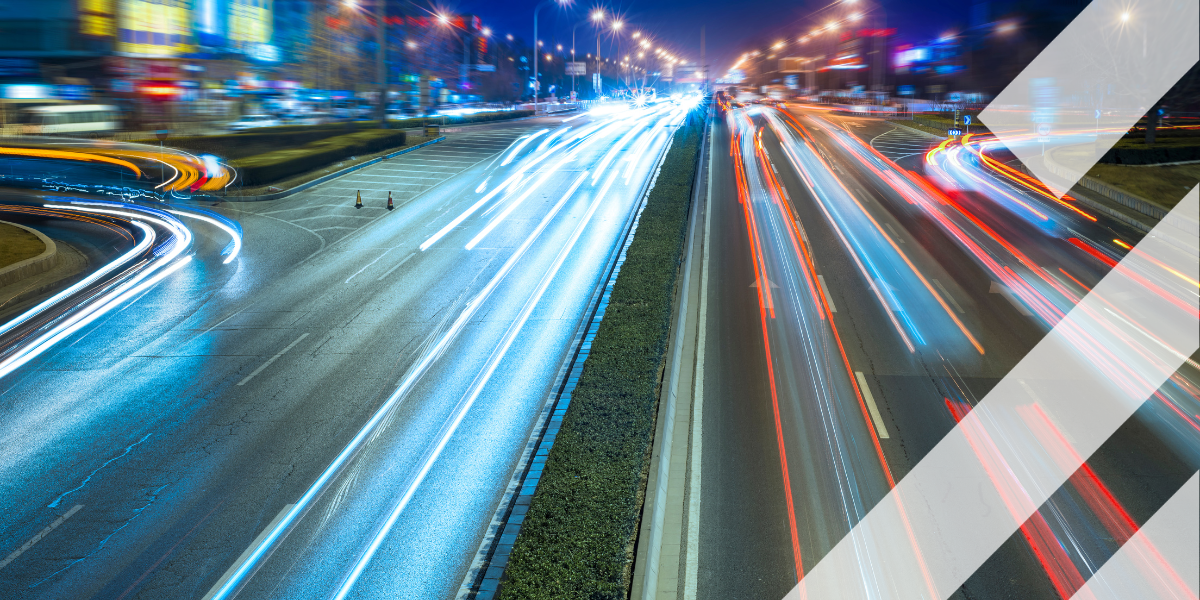Round and round: How to speed up circular mobility?

Everyone understands the need for sustainability, the urge to improve the environment and find mobility solutions that are environmentally friendly. How can we make the change by taking action instead of just having ideas and going around in circles? In this article we discuss three examples of entrepreneurs in circular mobility.
From plastic waters to plastic roads.
According to the Plastic Soup Foundation, we produce 400 tons of plastic globally per year of which some 30% is in use. Of all plastic that is produced at present, 9% is recycled, 40% is subject to controlled dumping, 14% is burned (controlled), and 32% ends up in the environment (this includes uncontrolled burning). 40% of all plastic products have become trash within a month.
Anne Koudstaal (33) is the inventor and Director of Product at PlasticRoad and member of the Sustainable young 100 in the Netherlands. Born in an area built on peat surface, he ended up studying water management. After two years working in the area of infrastructure and sustainability, he started at road construction company KWS (VolkerWessels) in 2012. His mission was to combine water management with asphalt. ‘With increasing carbon emissions, waste and pressure on our roads we need to change that same road, literally and figuratively.’
Roads of Lego or plastic cups.
‘We listened to the problems faced by road builders and clients, such as water management, cables and pipes, and subsoil settlement. Our new road had to be modular, fully circular, plug-and-play, offer space for cables, pipes and rainwater.’ That was the starting point to start looking for the right material to build this concept with. Anne and his colleague Simon proposed plastic. Interesting material, however not very sustainable. What about recycled plastics?’
It took a lot before the idea got the right traction within the company and everyone saw the big upsides of the PlasticRoad, but in 2015 the concept PlasticRoad was launched. From that moment on the team was bombarded with piles of messages from individuals, governments, the media and potential partners from all over the world. Together with new partners Wavin and Total they decided to go with recycled polypropylene. In 2018 the first PlasticRoad pilots consisting of two 30-metre stretches of cycle track in the Dutch towns of Zwolle and Giethoorn, were installed. Each built out of 100 kg of plastic waste that is the same as 218,000 plastic cups!
Loading component...
Loading component...
Loading component...
Loading component...
Loading component...
Loading component...
Loading component...
(in Dutch)
Rice husk? Rice husk is a left-over product which protects the rice seed from fungus and humidity. It has been used for construction before the industrialisation in the 19th century. Due to the discovery of new raw materials, rice husk was replaced. While rice production increased and 90% of the left over rice husk remained unused. Now this product has been given a new destiny.










